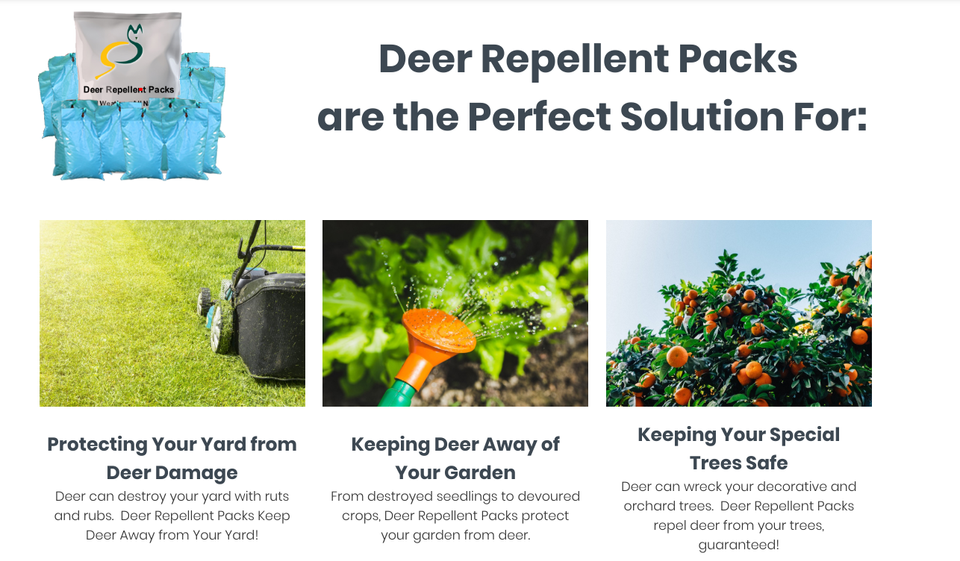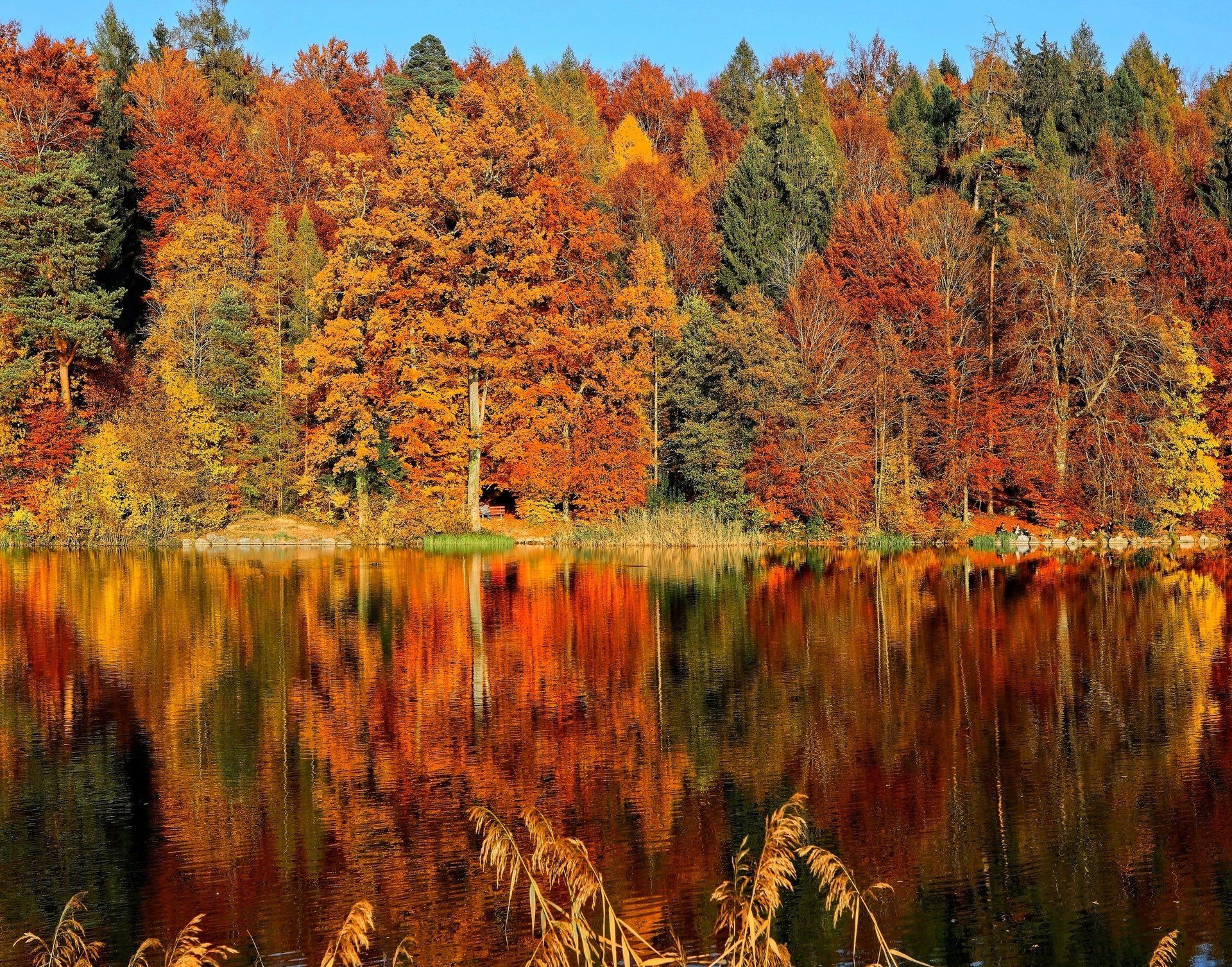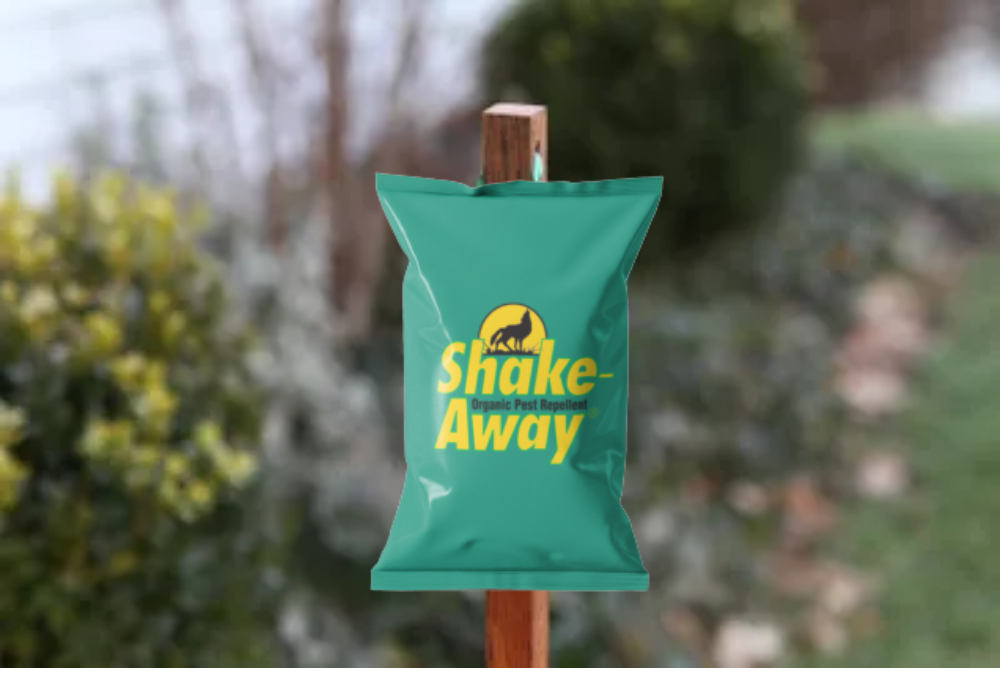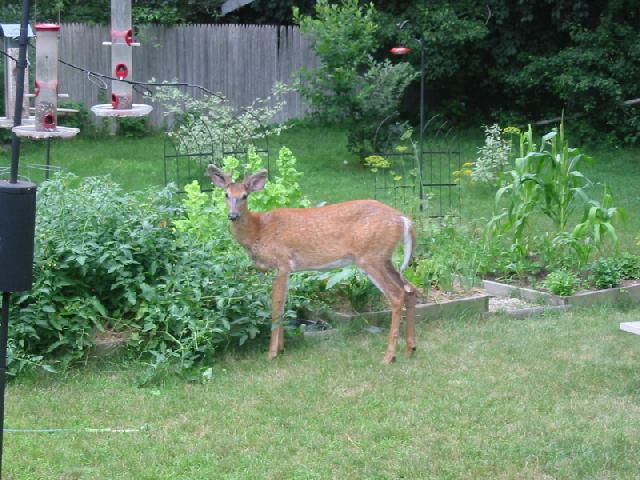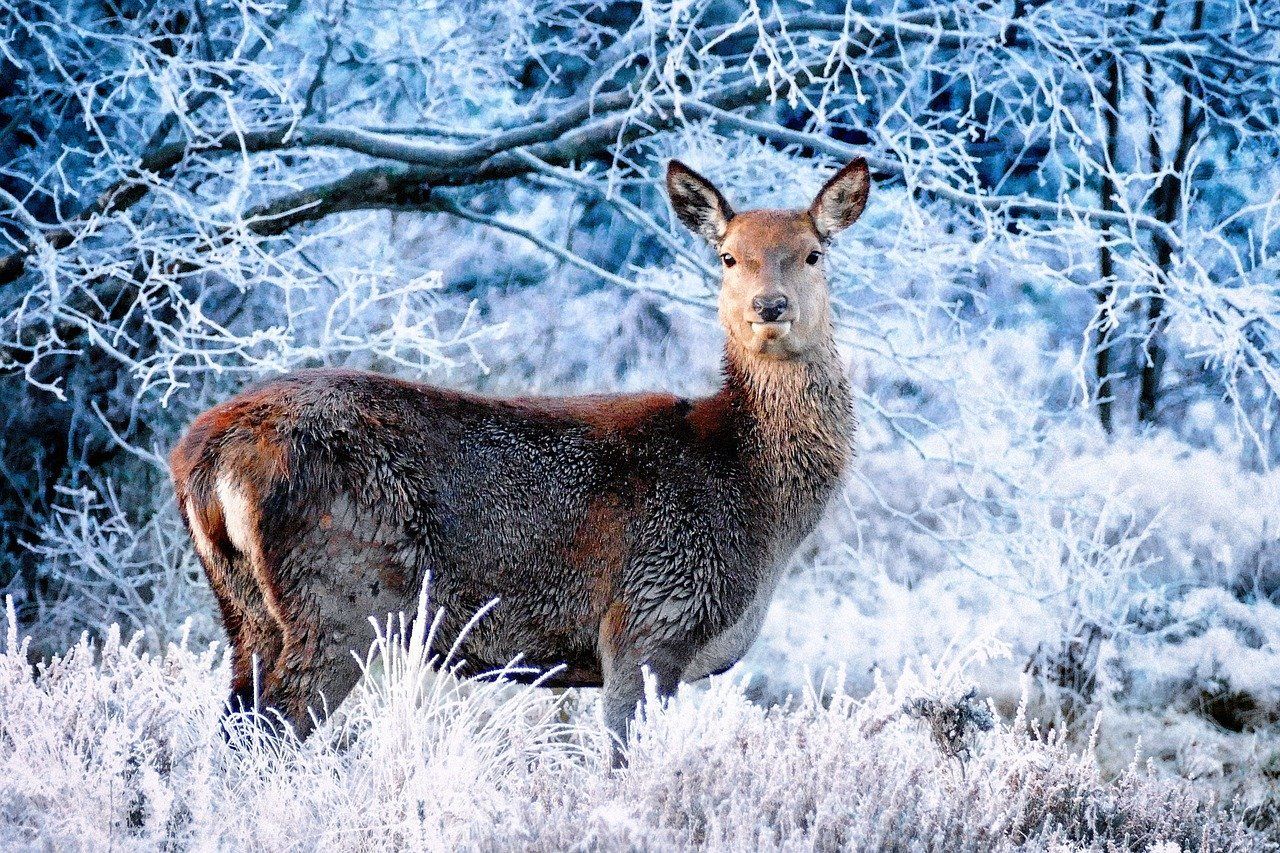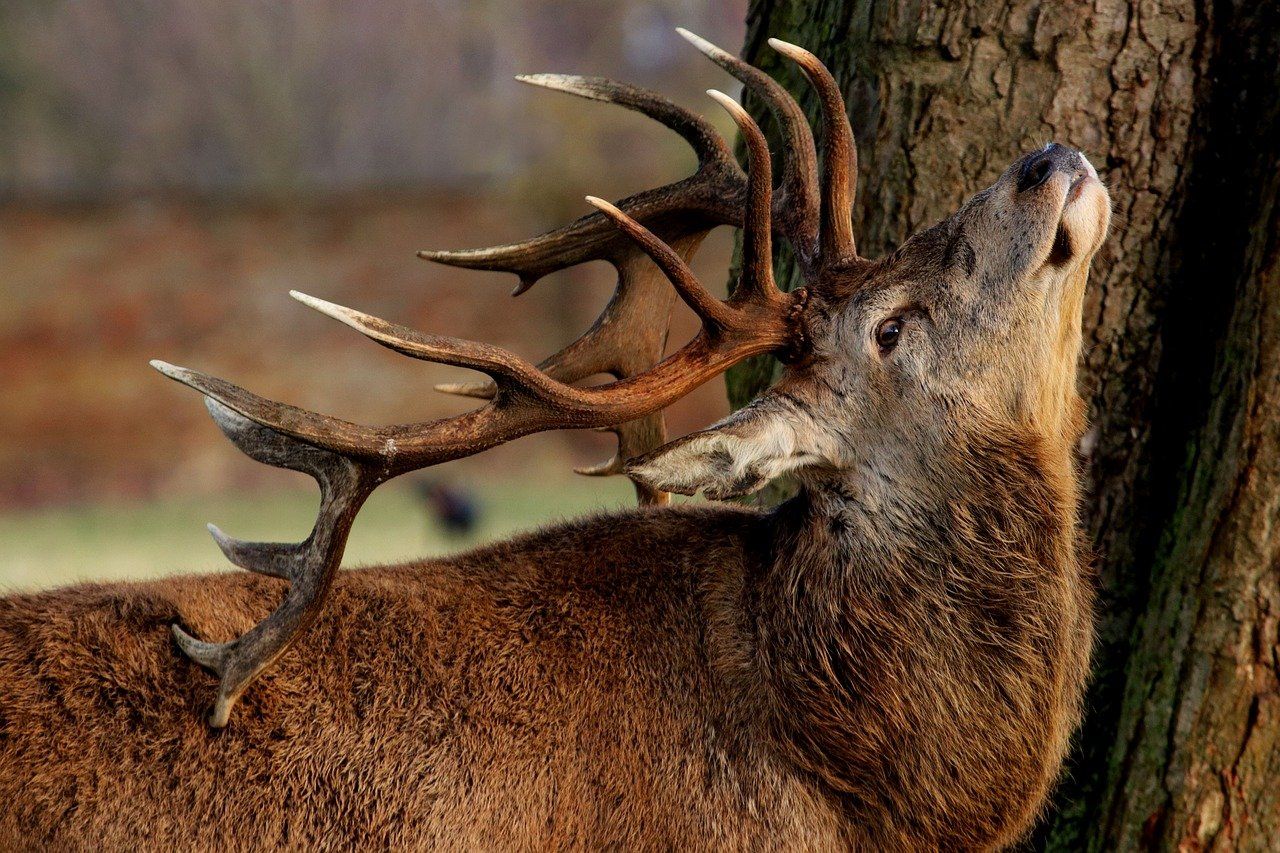Preventing Deer Damage to Your Orchard
Special Strategies are Necessary for Protecting Trees
It's easy to find information and tips for keeping deer out of your yard or flower garden, but what if you have a different type of garden to protect? Trees can be just as much a target for pest deer as bedding plants, and that means you should know how to prevent deer damage in your orchard too.
Don't assume that deer are solely grass and leaf eaters. They love almost any sort of fruit they can find, including a lot that may be growing in your orchard.
They may be content to browse on any fruit that has fallen to the ground but may be more direct and just eat straight out of the tree. A typical deer can rear up on its hind legs and possible snatch fruit from up to 7 feet off the ground. The same goes for any nut trees as well. They're just as tempting to deer as a fruit tree.
The fruit isn't the only thing at risk. During the winter months, hungry deer can make quite a snack out of the bark as well. And though a tree can survive having some bark taken off, if the deer manage to strip it away all around the trunk, the tree will die.
Protect Your Orchard
Now that you see the possible risks with free-roaming deer, what are the steps you need to take to protect your trees. Since you likely have a sizable amount invested in all of those trees, this is a very serious issue.
Firstly, don't bother making plans for a fence. That is going to be nearly useless and would cost a small fortune to fully enclose an orchard-size space. Your fence would need to be at least 8 feet tall, and your local deer may still be able to leap over if they want at your orchard bad enough. To be sure, you'll have to make it 12 feet high, which is probably more of a construction project than you want to deal with.
Extra protection from bark nibbling in the winter means wrapping each tree in heavy burlap or even wire fencing material. Now, this can be very helpful and will protect the tree trunks from other animals besides deer. Porcupines are another pest that can do serious damage to the bark of a tree in the winter time, for example. This technique can be fine if your orchard only has a few trees, but once you start planning to wrap dozens or hundreds, this might not seem like a great idea. And it still doesn't help with the branches within that 7-foot reach zone.
Small yards can be protected with various “scare” devices, like a sprinkler or noise-maker connected to a motion sensor. Big areas aren't going to be protected like this, leaving you with even fewer choices.
For a large piece of property, using an all-weather scented product is the way to go. You can cover more territory and they are more certain to actually work. These types of deer repellent use the scent of coyote to scare the deer away, and it works far better than any standard barrier. Repellent packs are weather-proof so can work during the winter as well as the summer, and should last 3 months before you need to replace them.
So don't let yourself get overwhelmed trying to protect your trees. It's definitely possible to prevent deer damage to an orchard, providing you take the right approach from the start.


